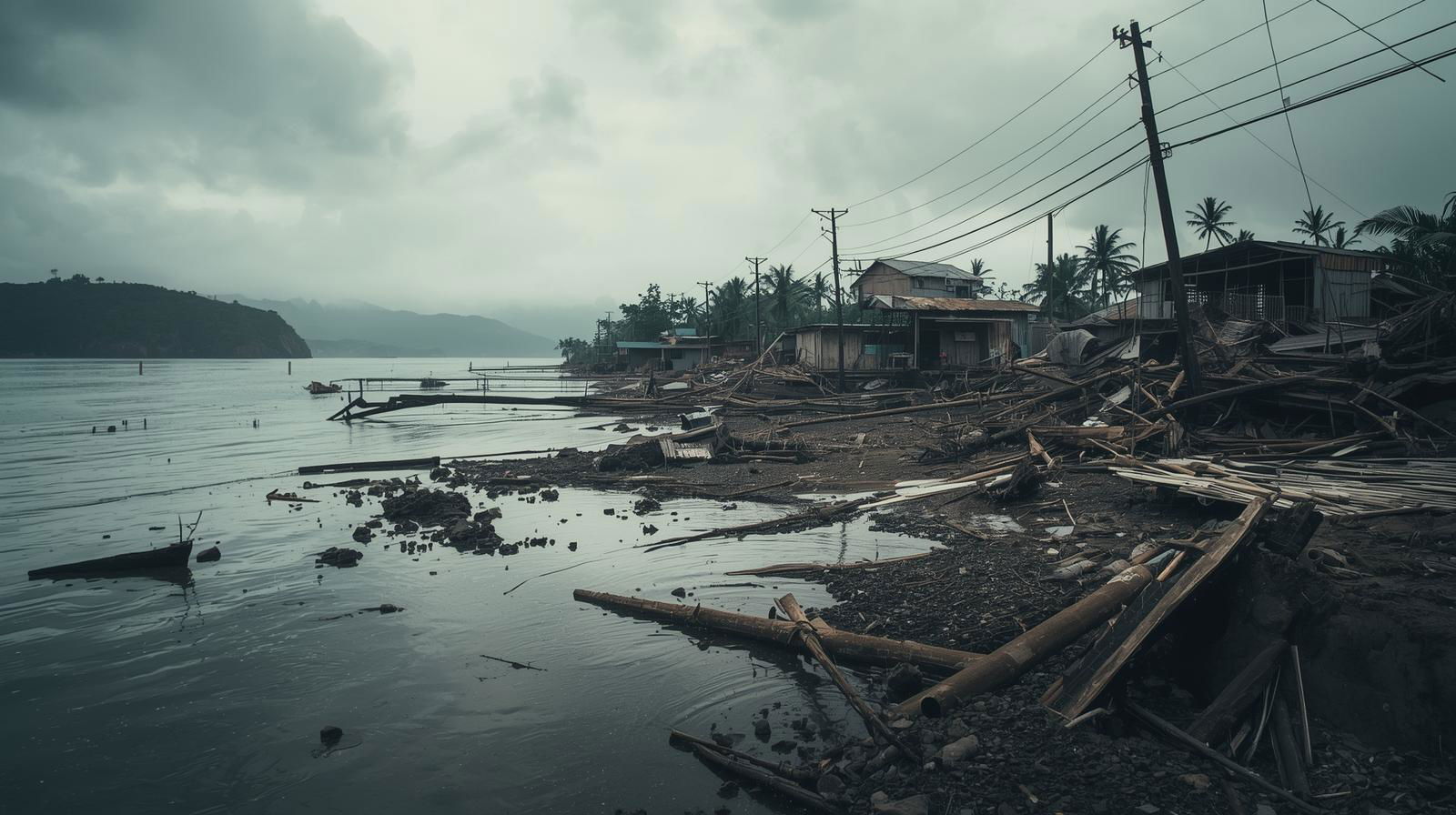A powerful 6.9-magnitude aftershock jolted the southern Philippines on Friday evening, less than ten hours after a massive 7.4-magnitude earthquake struck the same region. The second tremor, which hit at 7:12 pm, triggered a tsunami warning across several coastal provinces, with authorities urging residents to “immediately evacuate to higher grounds or move farther inland.”
According to the Philippine Institute of Volcanology and Seismology, the aftershock originated at a shallow depth of 10 kilometres off the Pacific seaboard of Mindanao. The Pacific Tsunami Warning Center in Honolulu said hazardous waves up to 3 metres (10 feet) above normal tide levels were possible along some Philippine coasts, with smaller waves likely to reach Indonesia and Palau.
At least six people have been killed since the first quake struck earlier in the day, authorities confirmed.
‘Evacuate immediately’: officials urge coastal residents to move inland
Office of Civil Defense deputy administrator Bernardo Rafaelito Alejandro IV cautioned that tsunami waves could hit six coastal provinces within two hours of the quake. “We urge these coastal communities to be on alert and immediately evacuate to higher grounds until further notice,” Alejandro said in a televised briefing. He also asked boat owners to secure their vessels and move away from harbours and waterfronts.
The region is still recovering from a September 30 earthquake of magnitude 6.9 that left at least 74 people dead and displaced thousands across Cebu province. The new series of tremors has intensified concerns about infrastructure damage and the safety of thousands living along the Pacific coast.
Philippines among world’s most disaster-prone nations
Located on the Pacific “Ring of Fire,” the Philippines is prone to frequent earthquakes, volcanic eruptions, and typhoons. The country experiences around 20 tropical storms each year, making disaster preparedness a constant national challenge.











